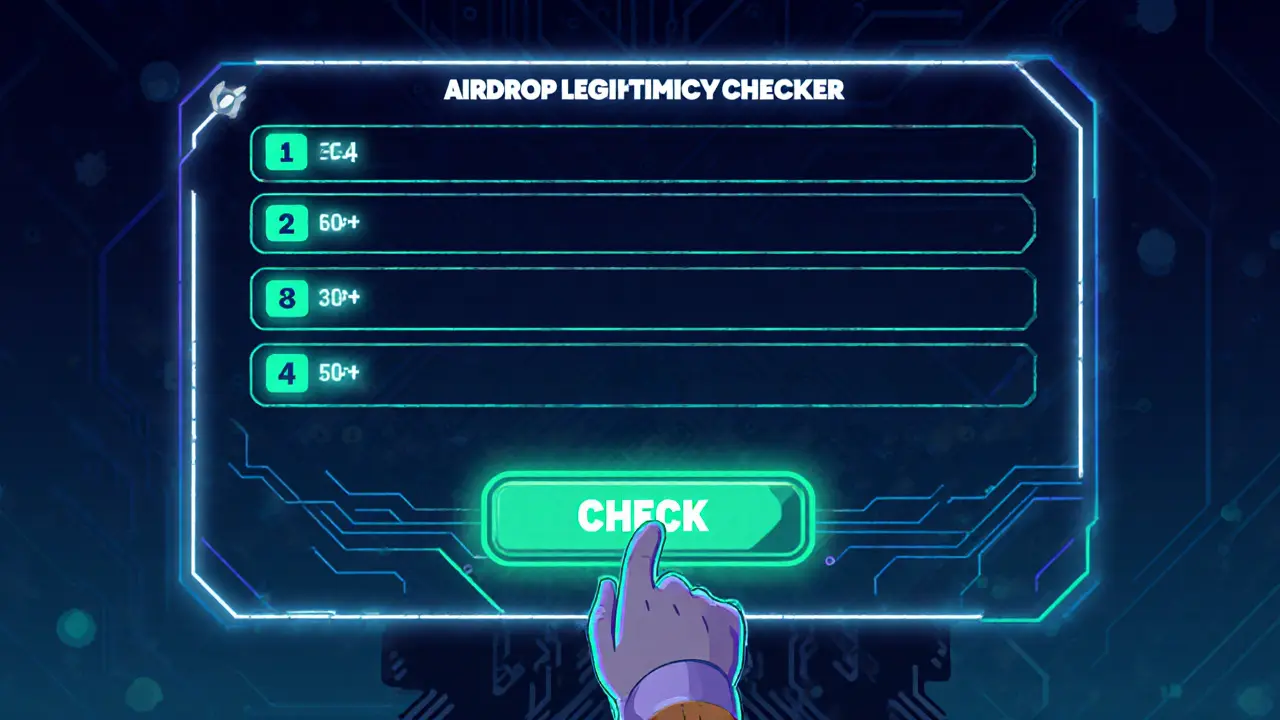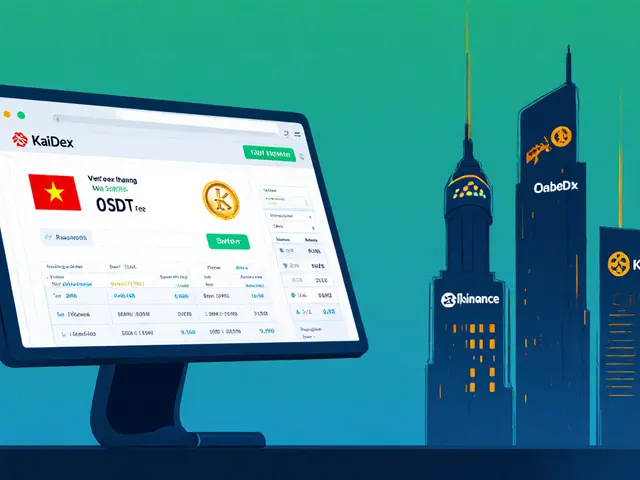BEP-20 Token Standard
When working with BEP-20, a token standard on Binance Smart Chain that defines how tokens are created, transferred, and interacted with. Also known as Binance Smart Chain Token Standard, it provides a common set of functions for any token on the network. Binance Smart Chain, a high‑performance blockchain that supports smart contracts and is compatible with the Ethereum Virtual Machine hosts BEP-20 tokens, allowing developers to reuse ERC-20, Ethereum’s original token standard that introduced the "transfer", "approve" and "allowance" functions patterns while taking advantage of lower fees. At its core, a smart contract, self‑executing code that runs on the blockchain and enforces token rules without a middleman implements the BEP-20 interface, which means any wallet or exchange that understands the standard can handle the token automatically. In short, BEP-20 encompasses token metadata, transfer logic, and permission controls, and it requires a smart contract deployed on Binance Smart Chain to function.
Key Features of BEP-20 Tokens
Every BEP-20 token carries a set of attributes: name, symbol, total supply, and decimal precision. These attributes let users and applications read token details instantly, a feature that mirrors the ERC-20 design but with faster block times and cheaper gas. Because BEP-20 tokens share a common interface, they are instantly compatible with DeFi tokens, assets used in decentralized finance protocols such as lending, staking, or yield farming. This compatibility fuels a vibrant ecosystem where airdrops, token launches, and yield farms can be built in days rather than weeks. For example, many of the airdrop projects listed on UpdatePool, like the Bull Finance or SupremeX drops, issue their rewards as BEP-20 tokens to tap into the low‑fee, high‑throughput environment. Moreover, cross‑chain bridges now let BEP-20 tokens move to other blockchains, expanding their reach beyond Binance Smart Chain while preserving the original token logic.
From a trader's perspective, BEP-20 tokens appear on both centralized exchanges and decentralized platforms. On DEXes, the token standard enables automated market makers to list new assets instantly, because the exchange only needs the contract address to fetch balances and execute swaps. This ease of listing explains why many new projects choose BEP-20 for their initial token distribution – the barrier to liquidity is low. Security-wise, the same smart‑contract code that defines the token also defines its vulnerabilities, so audits focus on re‑entrancy, overflow checks, and proper access control. Gas fees on Binance Smart Chain remain a fraction of Ethereum’s, which encourages frequent micro‑transactions such as paying for transaction‑level incentives or rewarding community participants. All these factors make BEP-20 a practical choice for developers, investors, and everyday users looking for speed and affordability.
Below you’ll find a curated collection of articles that dive deeper into BEP-20‑related topics. Whether you want a step‑by‑step guide to claim an airdrop, an analysis of a new BEP-20 token’s market potential, or a security review of a BEP‑20 smart contract, the posts here cover the full spectrum. Explore the real‑world use cases, compare BEP‑20 to ERC‑20, and get actionable insights that can help you navigate the fast‑moving world of Binance Smart Chain tokens.
Learn what SecretSky.finance (SSF) really offers, how the token is distributed, real signs of an airdrop, and the risks behind its high‑yield promises.



 Finance
Finance




